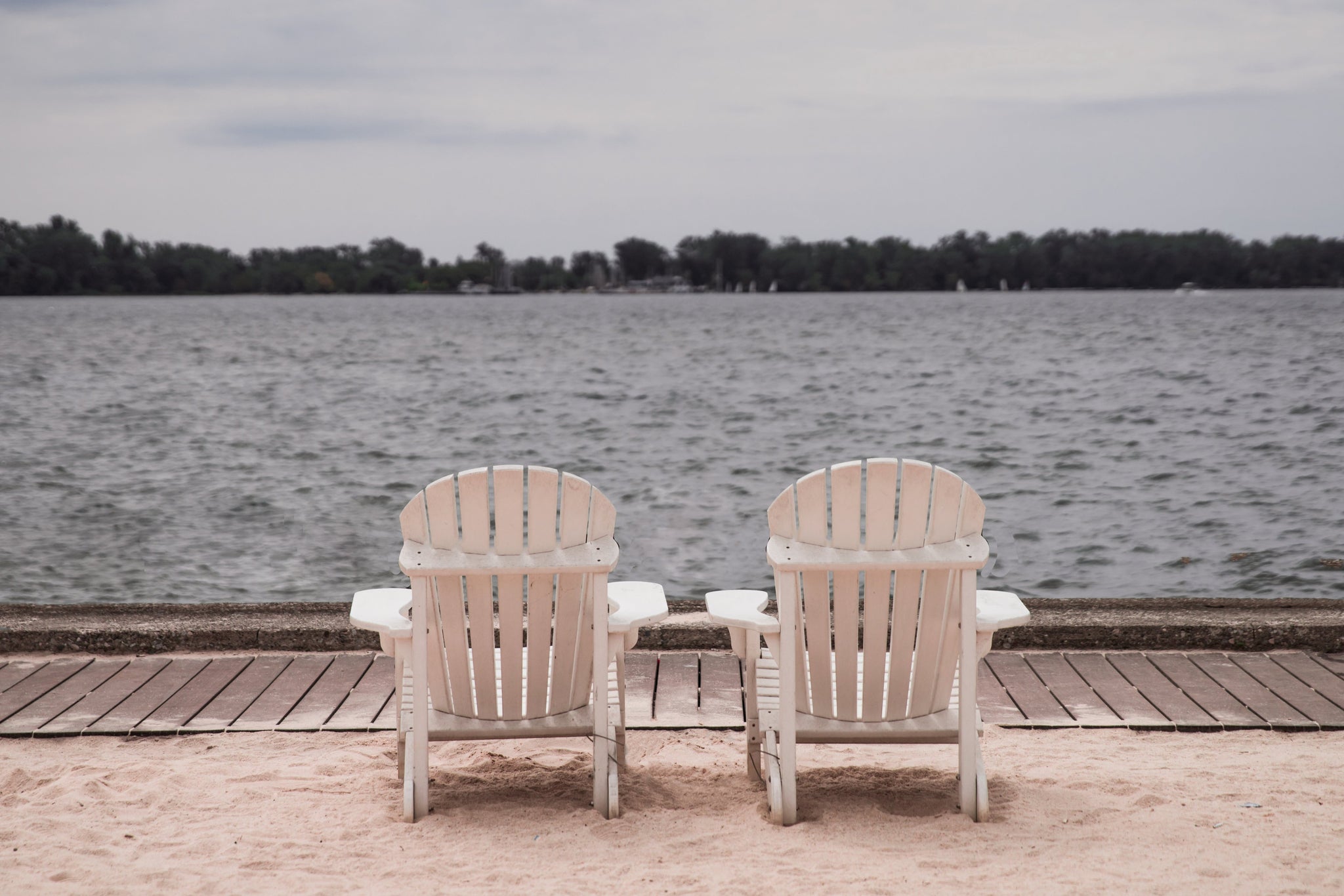Clear Lake Coffee Roasters Presents: Explorer Series, History Edition - Coffee Advertising of Yesteryear: the Good, the Bad, and the Ugly - September 17, 2020

“Production minus sales equals scrap,” the sales saying goes. If you’ve ever heard someone say this, there is a good chance the person you heard say this could be described as an old-school sales person or sales manager in motivational mode. It goes hand in hand with sayings like, “Nothing happens until someone sells something,” or “Sales are contingent upon the attitude of the salesperson – not the attitude of the prospect.”
Sayings like these, and the books that contain them, seem innumerable, and for good reason. As contrived and cliched as these sorts of business bromides might feel, they are almost always saying something true.
You have to sell the coffee. No matter how much you love what you do, if you’re not selling then you’re engaged in a hobby, not a business. And you have to sell the coffee in a variety of ways and when you pile all these ways up you might call it marketing and one way or another marketing will mean advertising.

Coffee advertising—at least coffee advertising that attempts to persuade and might look familiar to us as advertising—is arguably not even 170 years old. Maybe younger, depending on how you look at it. It’s possible that looking at coffee advertising from the past might be instructive. If not, it could be entertaining.
Explore our coffee
When I look at coffee advertising from “yesteryear” (and I do this more often than you might think or I might be willing to admit), I’m fascinated by the names roasters have given coffee over the years, the tag lines, the body copy, or narrative, and the imagery.

Lion Coffee picture card circa 1880. All images used in this post are public domain.
Lion Coffee was founded in 1864, the same year John Arbuckle joined his brothers in the coffee business that would become Arbuckles and around the same time a coffee roasting company in San Francisco named Marden & Folger was renamed the JA Folger & Co. Lion Coffee was an aggressive competitor, primarily with its chief rival, Arbuckles. Like Arbuckles and other roasters, Lion gave away “picture cards” with their coffee, in the same way baseball cards would be included in packs of cigarettes and then bubblegum. For decades, Lion Coffee pounded the same drum over and over as its points of differentiation: “Lion Coffee is Composed of a Successful Combination of Mocha, Java, and Rio. Is Never Sold in Bulk. It is Roasted with the Greatest Care But not Ground.” The lion’s head on the package served as a “proof of purchase.” You could cut them out and use them to buy products from a catalog, similar to Blue Chip Stamps. In print ads, Lion took direct aim at Arbuckles’ practice of coating its Ariosa blend with egg glaze, stating that Lion Coffee (the name appearing six times in the ad, always bold and always in larger print than the words around it) is “absolutely clean, pure coffee. No glazing, no coating with egg mixtures or chemicals in order to hide imperfections.” More disturbing than the suggestion that Arbuckles used “chemicals” in its egg glaze is the Sleepy Hollowish image of the headless lion. Never fear. Although Lion Coffee ceased operations 50 years ago, the brand was resurrected in Hawaii in the late 1970’s and the lion lives.

Lion Coffee ad from 1901
Throughout the late 19th century, coffee roasters sought points of differentiation around everything but taste, it seems. Picture cards and postcards were popular. One of my favorites, because it’s just kooky, is a postcard featuring Turkey Brand Coffee, roasted by the A.J. Kasper Company in Chicago, thought to be from 1900. Setting aside the fact that the coffee is named “Turkey,” the kooky part is the optical illusion of Uncle Sam drinking the coffee. The instructions are not well written, but if you just stare at his chin, allow your eyes to remain unfocused (as with an autostereogram), and move your face toward the screen, the cup does, indeed, appear to move toward his mouth … you know, sort of.

But best of all is the back of the postcard, where we find the following poem, “by Uncle Sam.”
PROCLAMATION
Take this from me, my people dear,
If you’d keep war away
And fill the land with peace and cheer
Do just what I say:
I know a beverage full of charm,
There’s magic in the cup
To cure all ills, to keep from harm,
Drink when you dine or sup.
Drink deep of Kasper’s Turkey Brand
And pretty soon you’ll think,
’Tis bliss to do what I command
And take the Nation’s drink.

John Bowen had a small chain of grocery stores in Pennsylvania and opened his Hamilton Street store in the former Hagenbuch Opera House in 1886. The store remained in that location for over 30 years.
I like this ad from Bowen Grocery because it reflects a time of transition in American coffee history. At the time of this ad, circa 1890, many grocery stores were still roasting coffee inside the store and selling it in bulk by weight. But this was changing. Companies like Arbuckles and Lion and Folgers were selling packaged coffee and that was the direction coffee was heading. I also like this ad specifically for the direct and unadorned call to action (“Drink our Roast of Coffee”); and for the Roast “of” Coffee, which sounds odd to our ears; and for the line indicating that they roast coffee daily and clearly offer a variety given the different per pound prices. I have this nostalgia (borrowed, not based on memory) for being able to walk to a grocery store and buy only as much fresh roasted coffee as I’ll need for 2 or 3 days.

This ad from 1920 is interesting for a number of reasons. First, it was the result of a collective effort, “an educational campaign conducted by the leading coffee merchants of the United States in co-operation with the planters of the State of Sao Paulo, Brazil, which produces more than half of all the coffee in the United States of America.” This, in turn, was a result of efforts by the Joint Coffee Trade Publicity Committee, which was part of the National Coffee Roasters Association. The copy is interesting for its focus on coffee as a stimulant. The idea of “zero hour” didn’t stick in subsequent years but the tag line “the universal drink” remained for several years as did the somewhat defensive lines about coffee not being harmful. Memories of brutal pseudo-scientific attacks on coffee from C.W. Post (maker of coffee alternative, “Postum” and Grape Nuts, etc) over previous decades remained fresh.

Although “Zero Hour” didn’t really fly as a campaign theme for coffee, 30 years later a similar collaboration among coffee growing countries called the “Pan-American Coffee Bureau” launched a a promotional campaign that also focused on the positive physical effects of coffee and coined the phrase “coffee-break.”

I want to think this is George Peppard with John Wayne and he’s saying “I agree, and I love it when a plan comes together,” but the movie Trouble Along the Way was made in 1953 and George Peppard was not working as a professional actor until 1956. He did work with John Wayne in How the West was Won in 1962. But who knows. Peppard would have been 25 when this photo was taken and he was an aspiring actor … and it really looks like George Peppard.
Explore Coffee From Brazil
While not advertising in a technical sense, your packaging is advertising of a sort. We like to puff up and refer to it as “branding,” but then we are splitting marketing hairs. Whatever you call it, packaging sends a message and message is the essence of advertising. I wanted to share a “message” that I find fascinating for what we would today call, possibly, transparency, though I don’t think the message on the packaging below would be thought of that way by its creators. I don’t know how they labelled what they were doing here, but I’m inclined to think they might be puzzled by my puzzlement. If I asked them why they chose the tag line “Among the Cheaper Brands Climax Coffee has no Equal,” I think they might say they didn’t understand my question. Around the turn of the century from 19th to 20th, they would not have had the words “niche marketing,” but that, I think, is what their answer would have meant. Also, actual ads for Mrs. Rorer’s Own Blend do not make any reference to being a “cheaper brand.” She was the Julia Child of her day and in an ad context it wouldn’t have been a good fit. In fact, they took the opposite tact, so I think the tag line belonged, generally, to the Climax brand rather than this blend specifically. But in any case, that sort of practical and public claiming of one’s down-market lane is just not a thing today.


I will leave you with one final set of coffee advertisements that we will have to file under, “What the Heck?” I mean, okay, first, frogs? And assuming you can get past the idea of frogs … stacked frogs, in a coffee ad, what’s the deal with the top frog reaching for a star? Or is it reaching for pure coffee, symbolically or whatever? A little research reveals that the answer might simply be somebody at White Star Coffee just had a thing for frogs, a standard by which so much advertising comes into existence.




Whilst you're here are 6 reasons for making Clear Lake Coffee Roasters - CLCR - your go-to coffee roaster:
☕️ We are a local family-run business located in the heart of Clear Lake, Iowa.
☕️ We go to great lengths to find only the finest and ethically sourced coffee around, from the top 2% of coffee beans in the world.
☕️ We only source 100% certified Arabica coffee beans, carefully hand-selecting each coffee based on specific quality and taste attributes.
☕️ Our roasting process has been refined over the years and each roast profile is individually designed to complement the nuances of the coffee we source, from Cup of Excellence (COE) award-winning producers.
☕️ By roasting in smaller batches, we can ensure our coffee is ALWAYS fresh, in fact, we roast your coffee only after you place an order - the same day your order ships out.
☕️ At CLCR, we are dedicated to a single mission: the unyielding pursuit of coffee perfection in every cup.
We would give you more reasons, but rather than reading it's better if you visit our website, purchase a bag or two, and experience a unique caffeinated or half-caff journey for yourself 😊!
Explore goodness. Click. Buy. Smile.

Clear Lake, IA, City Park Beach.

Leave a comment
Please note, comments must be approved before they are published